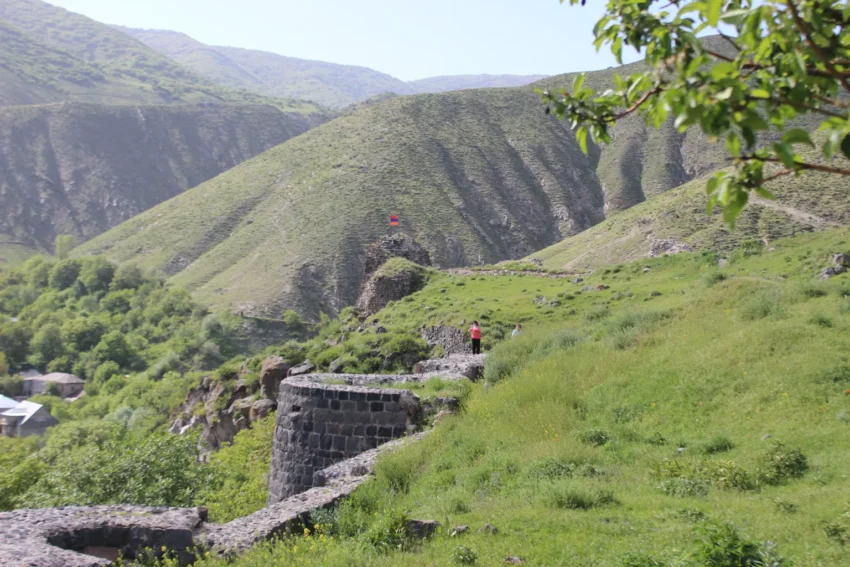Bjni Fortress: A Comprehensive Study
Bjni Fortress, located in the Kotayk Province of Armenia, stands as a significant historical and archaeological site. This fortress, perched on a rocky hill, offers insights into Armenia’s medieval military architecture and history.
Get your dose of History via Email
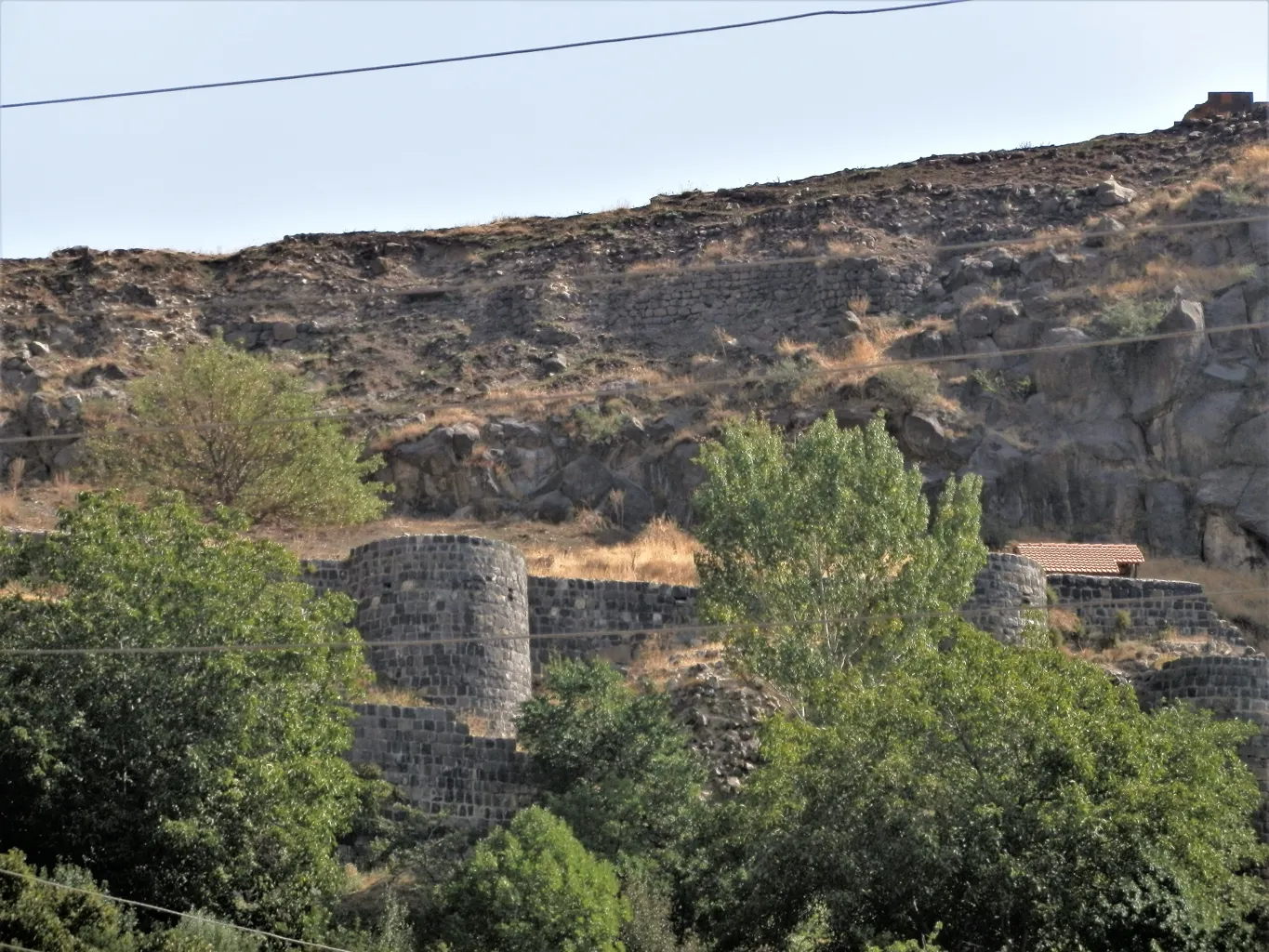
Historical Background
Bjni Fortress dates back to the 9th century AD. The Pahlavuni family, a noble Armenian dynasty, constructed it. The fortress served as a strategic military stronghold and a residence for the Pahlavuni princes. Its location provided a vantage point to oversee and control the surrounding region.
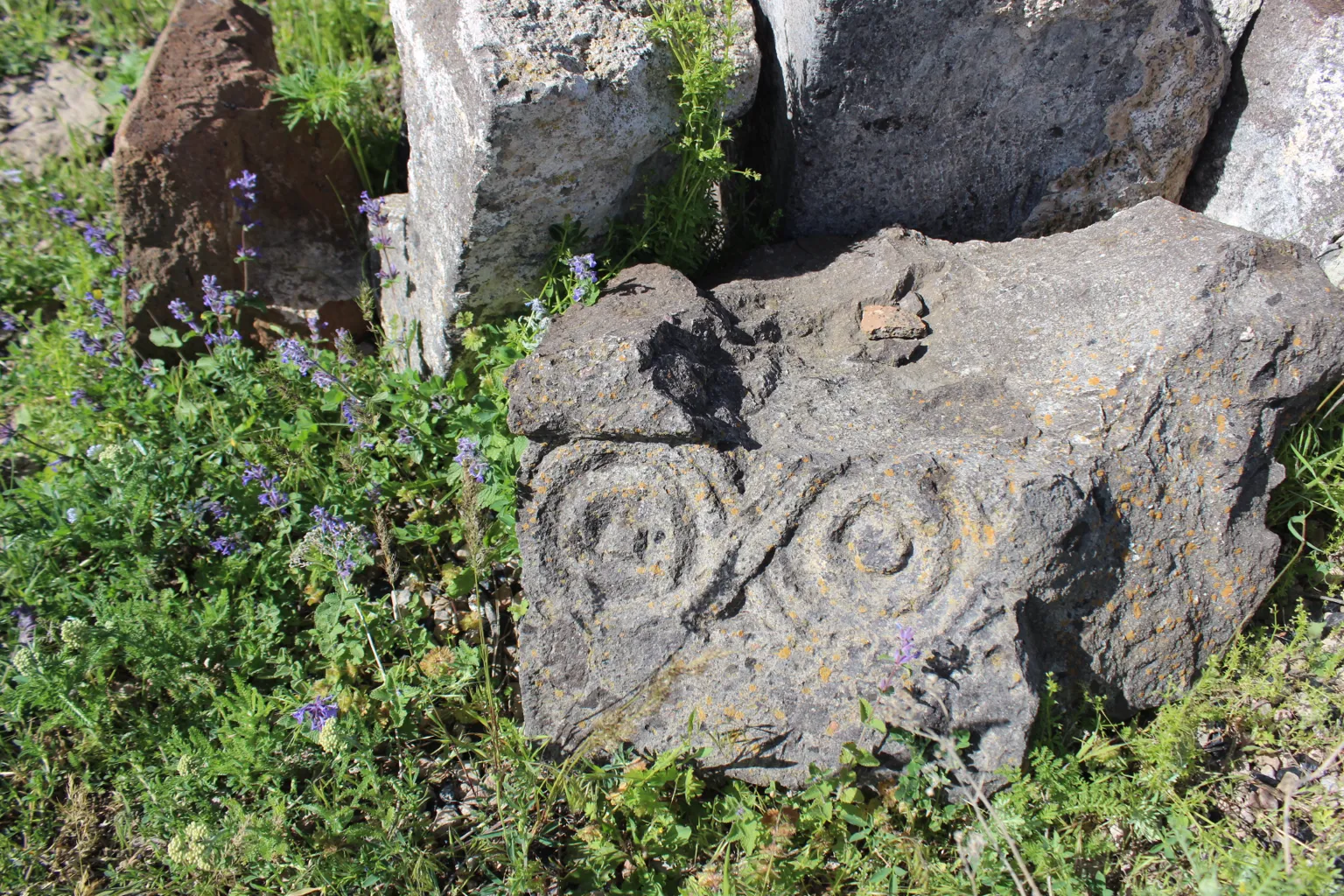
Architectural Features
The fortress showcases typical medieval Armenian military architecture. Builders used local basalt stone, which provided durability and strength. The fortress walls, some of which still stand, were thick and high, designed to withstand sieges. The main entrance, located on the southern side, was fortified with a gatehouse and defensive towers.
Inside the fortress, archaeologists have found remnants of various structures. These include residential buildings, a church, and water cisterns. The church, dedicated to St. Gregory, dates back to the 10th century AD. It features a single nave design, common in Armenian ecclesiastical architecture of that period.
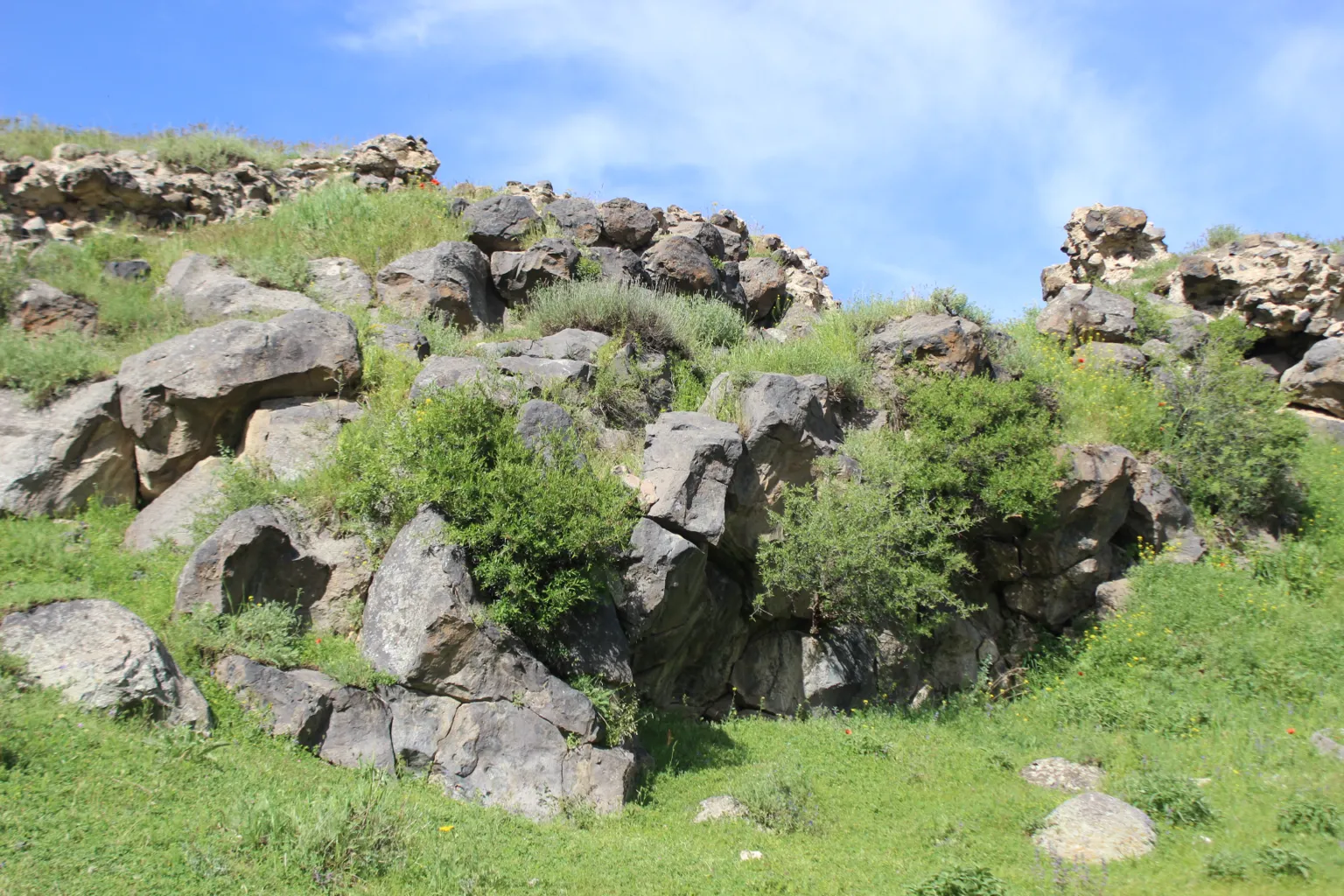
Strategic Importance
Bjni Fortress held significant strategic importance during the medieval period. Its location allowed control over the Hrazdan River valley, a crucial route for trade and military movements. The fortress also served as a refuge during invasions. Historical records indicate that it withstood several sieges, including attacks by Seljuk Turks in the 11th century AD.
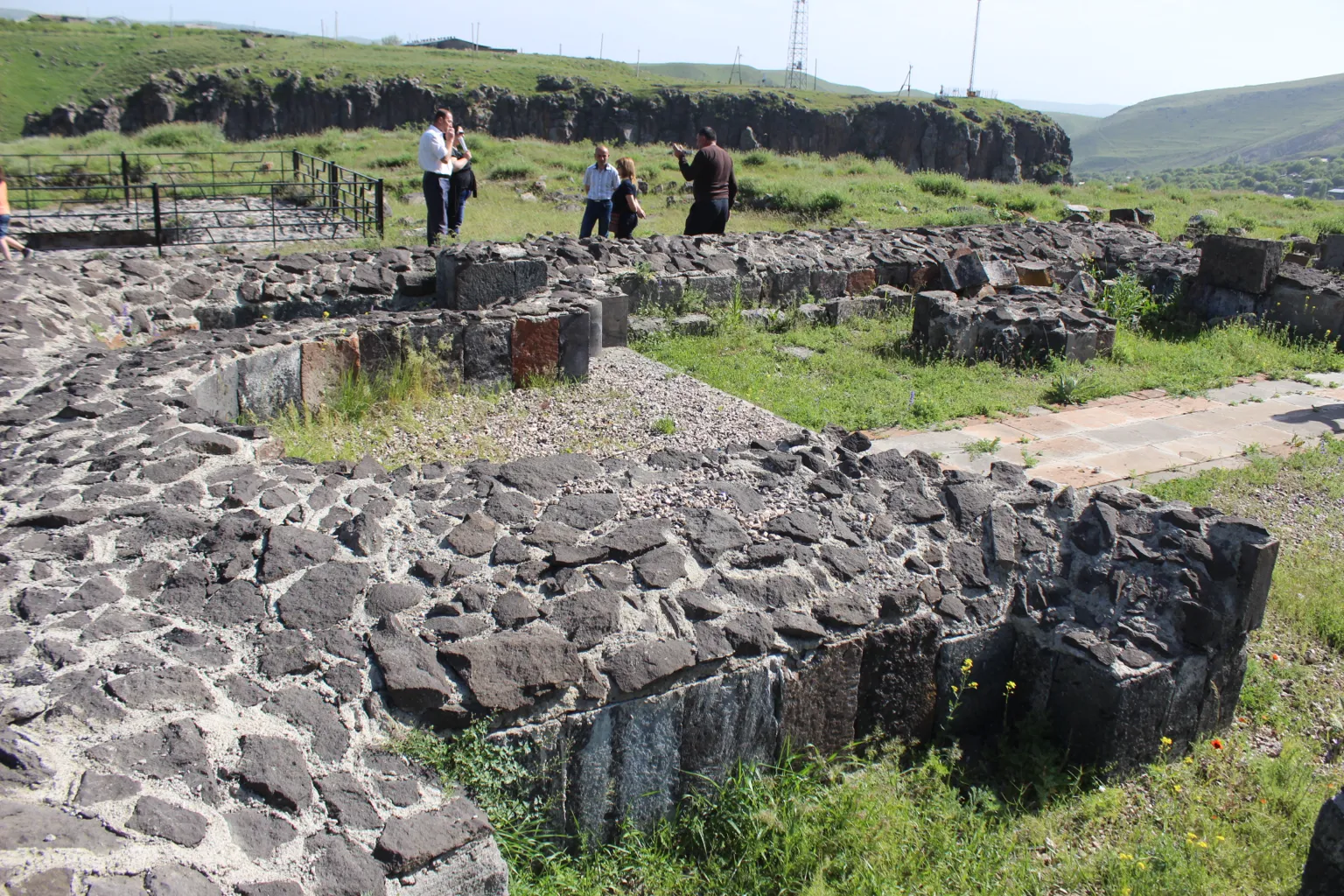
Archaeological Excavations
Archaeological excavations at Bjni Fortress have provided valuable insights. Excavations began in the early 20th century and continue to this day. Researchers have uncovered various artifacts, including pottery, tools, and weapons. These findings help reconstruct the daily life and military practices of its inhabitants.

Preservation and Current Status
Today, Bjni Fortress is a protected historical site. Efforts to preserve and restore the fortress continue. The Armenian government and various cultural organizations work together to maintain the site. Visitors can explore the ruins and learn about Armenia’s rich medieval history.
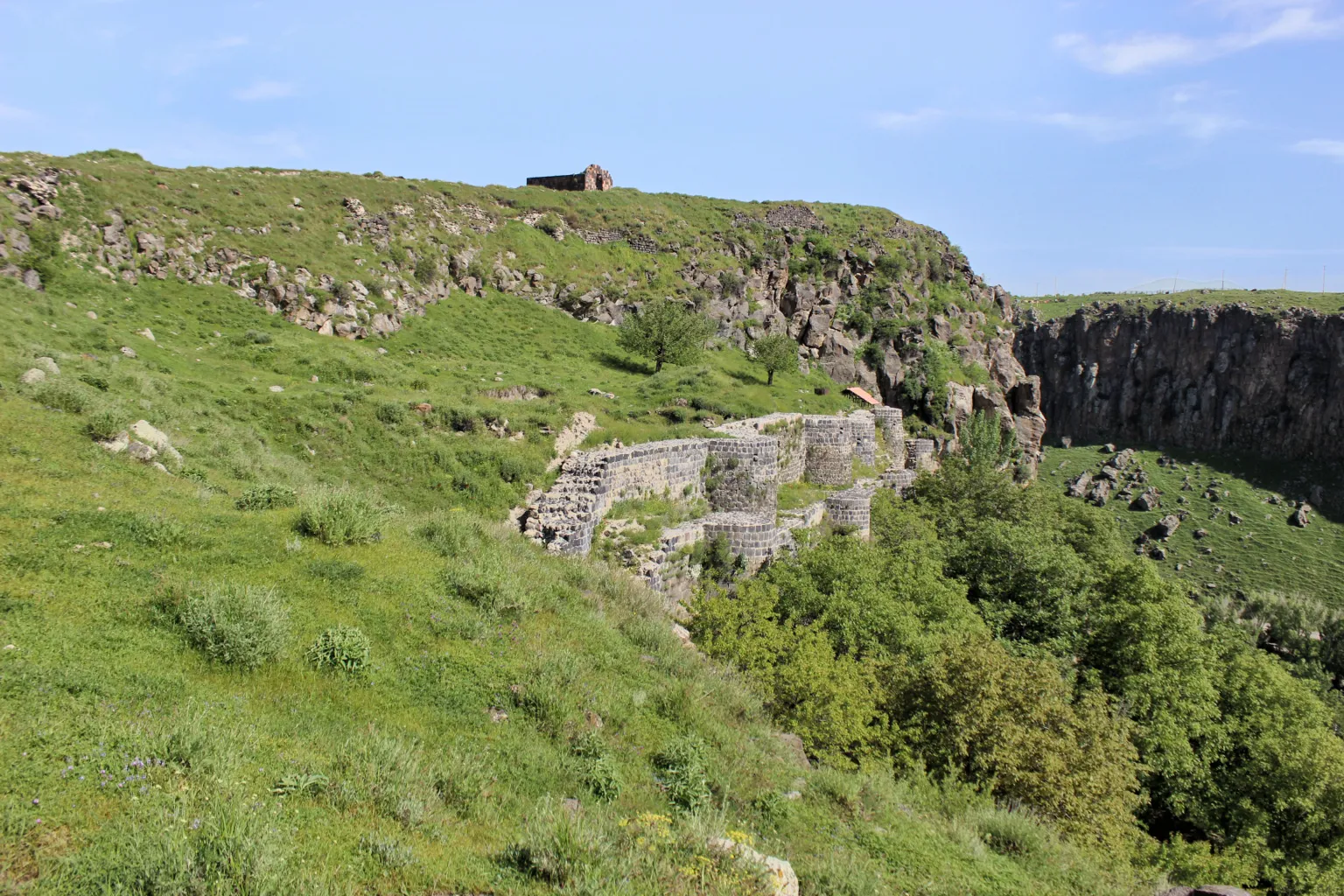
Conclusion
Bjni Fortress stands as a testament to Armenia’s medieval military architecture and history. Its strategic location, robust construction, and historical significance make it an important site for historians and archaeologists. Ongoing preservation efforts ensure that future generations can continue to study and appreciate this remarkable fortress.
Sources:

